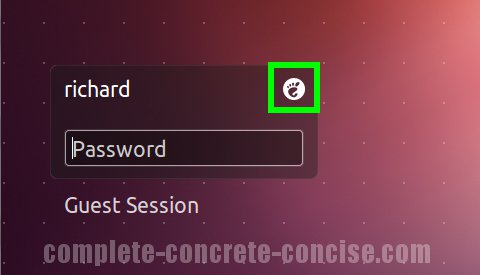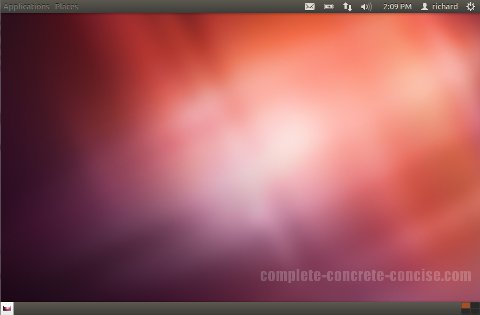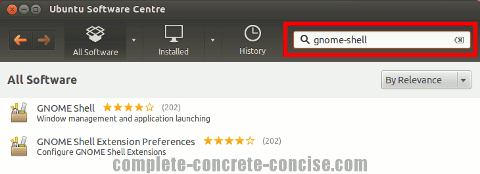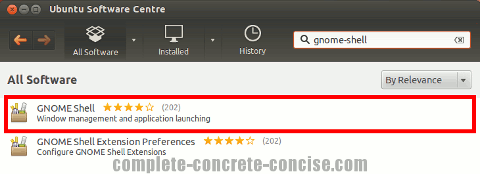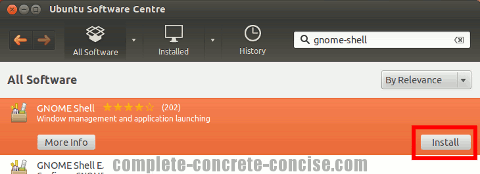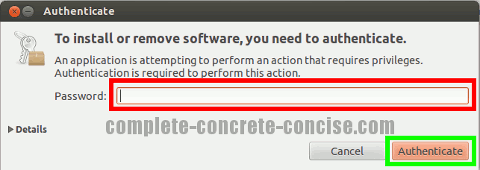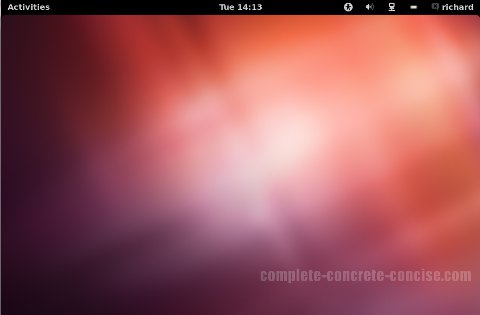These instructions are for installing the GNOME Shell in Ubuntu 12.04 running the Unity Desktop.
Installation instructions may be the same or similar for other versions of Ubuntu or for other Linux distros, but no guarantee is made.
GNOME Shell includes the desktop environment as well as a number of applications. Some of these applications perform the same or similar functions as applications already installed with Ubuntu 12.04.
A lighter weight alternative to GNOME Shell is GNOME Session Fallback. It includes only the GNOME Classic interfaces. Installation instructions can be found here.
There is also a GNOME Desktop Environment. This includes the GNOME Shell and many more applications. Some of the applications perform the same or similar functions as applications already installed with Ubuntu 12.04. Installation instructions can be found here.
An article listing alternative desktops for Ubuntu 12.04 can be found here..
If you are changing desktops because you are totally lost / confused by Unity, I suggest reading this tutorial and giving Unity a chance.
Of course, if you really hate Unity, then GNOME Shell is an alternative desktop.
GNOME Shell will install 72.3MB of files and data to your hard disk.
Some images may be clicked for full sized versions.
What it Looks Like
The basic, straight-out-of-the-box, look of the desktop is:
From the Command Line
If you are comfortable with Linux and know how to use the command line and apt-get then the command is:
sudo apt-get install gnome-shellDetailed instructions for accessing a command line can be found here.
Afterwards, you need to restart your system.
From the Ubuntu Software Center
Some images may be clicked for full sized versions.
1) Launch the Ubuntu Software Center by clicking the icon on the Launcher:

2) Enter gnome-shell into the search field. This will bring up related entries.
3) Click on the entry GNOME Shell – this will highlight it in orange:
4) Click on Install:
5) Enter your password and click Authenticate:
6) After installation is finished, click on the System icon in the upper right corner of the desktop and select Restart to Complete Updates… from the drop down menu:
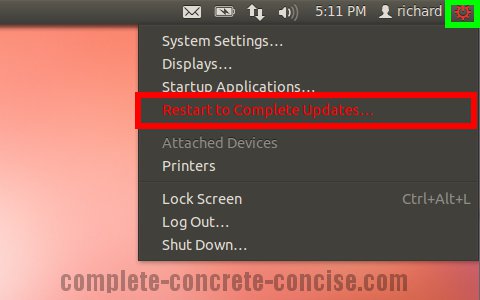
7) Click on Restart:

Selecting the Desktop
After the system has restarted, it is necessary to select the new desktop from the login screen.
It is only necessary to select the desktop the first time after installation. Ubuntu will remember your your desktop for future logins.
You can even install multiple desktops and switch between them.
8) Click the icon in the top right of the Login box:

9) Select GNOME Classic or GNOME Classic (No effects):
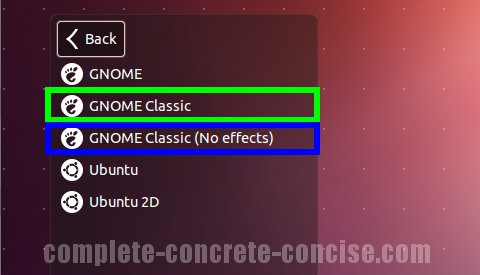
GNOME Classic is pretty much the traditional desktop you are most familiar with.
GNOME Classic (No effects) is the same as GNOME Classic except without fancy graphics effects. This desktop is probably faster than GNOME Classic – especially on older machines.
GNOME is the new GNOME Desktop. Because of the path GNOME has taken in its desktop development, Canonical (the developer of Ubuntu) decided to develop Unity because they didn’t like the direction GNOME was going).
The new GNOME desktop looks like this:
While it looks similar to the classical desktop, it is at least as different from the classical desktop as Unity is.
10) Login:
Notice the icon in the upper right hand corner has changed to a different icon. Some, not all, desktop environments will present an icon there.
This provides a quick way to know which desktop environment you are logging into.
